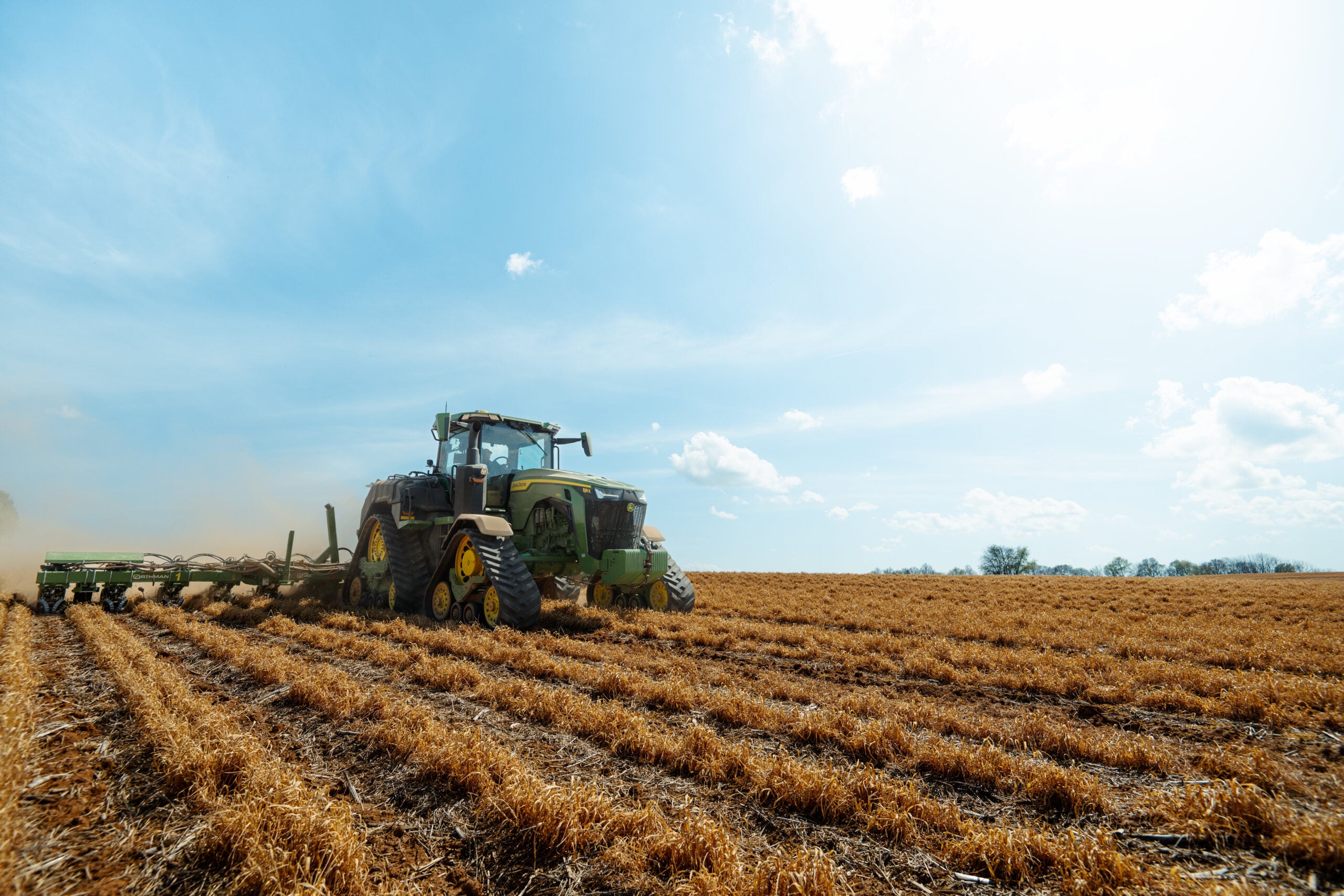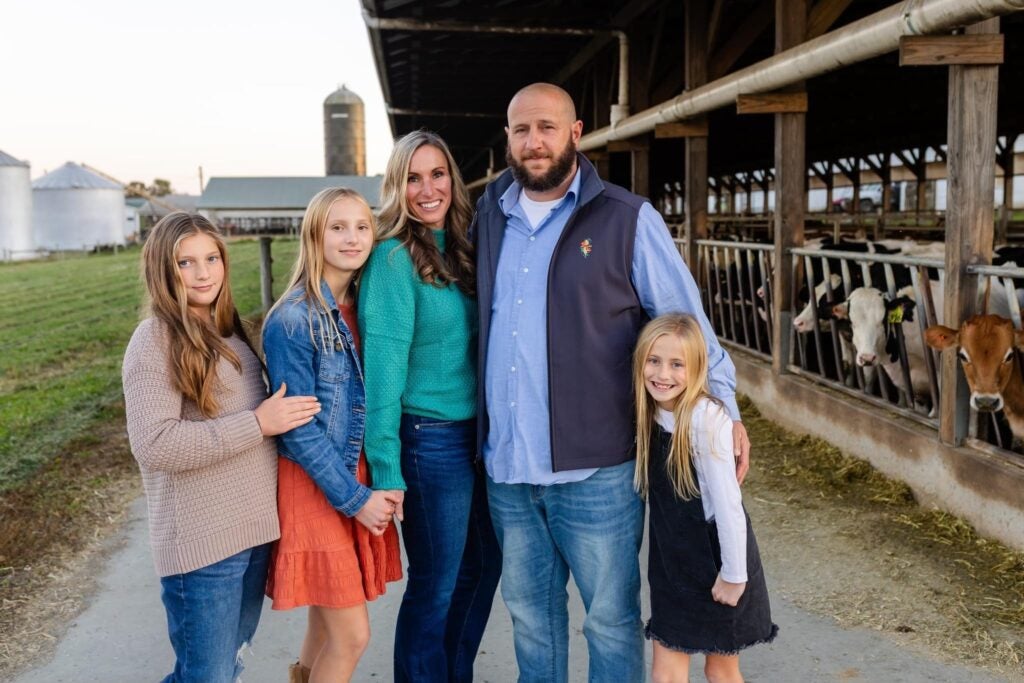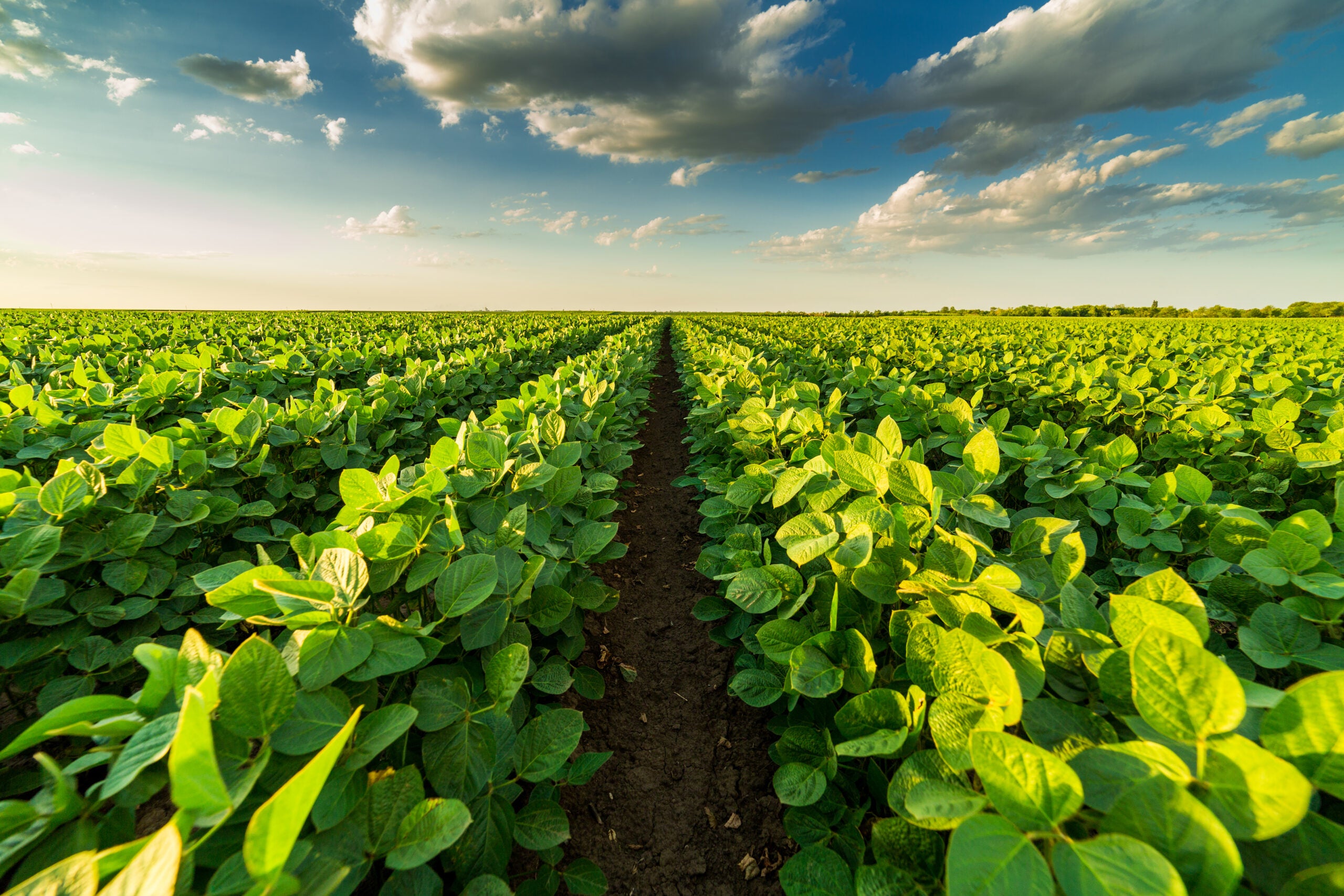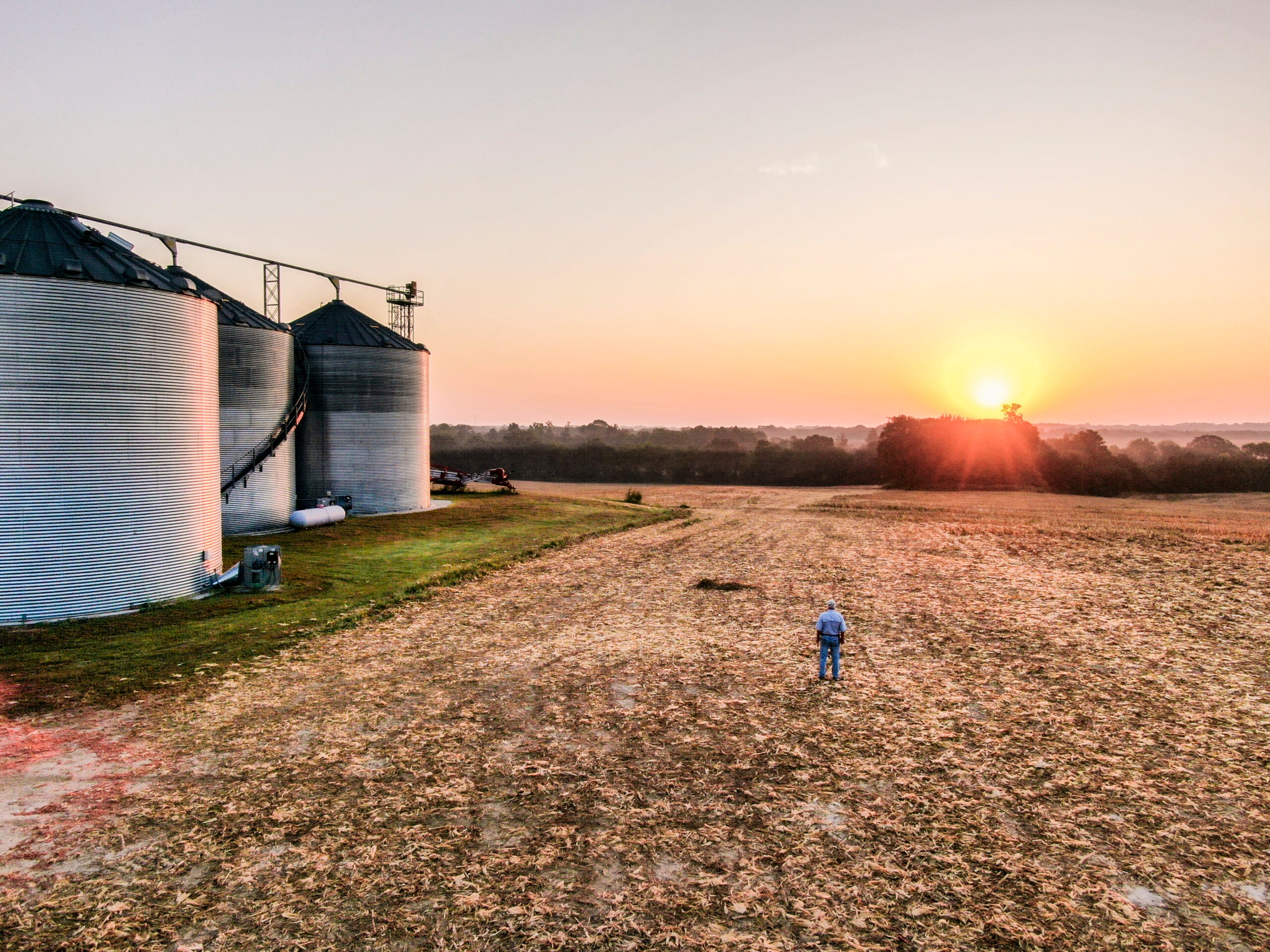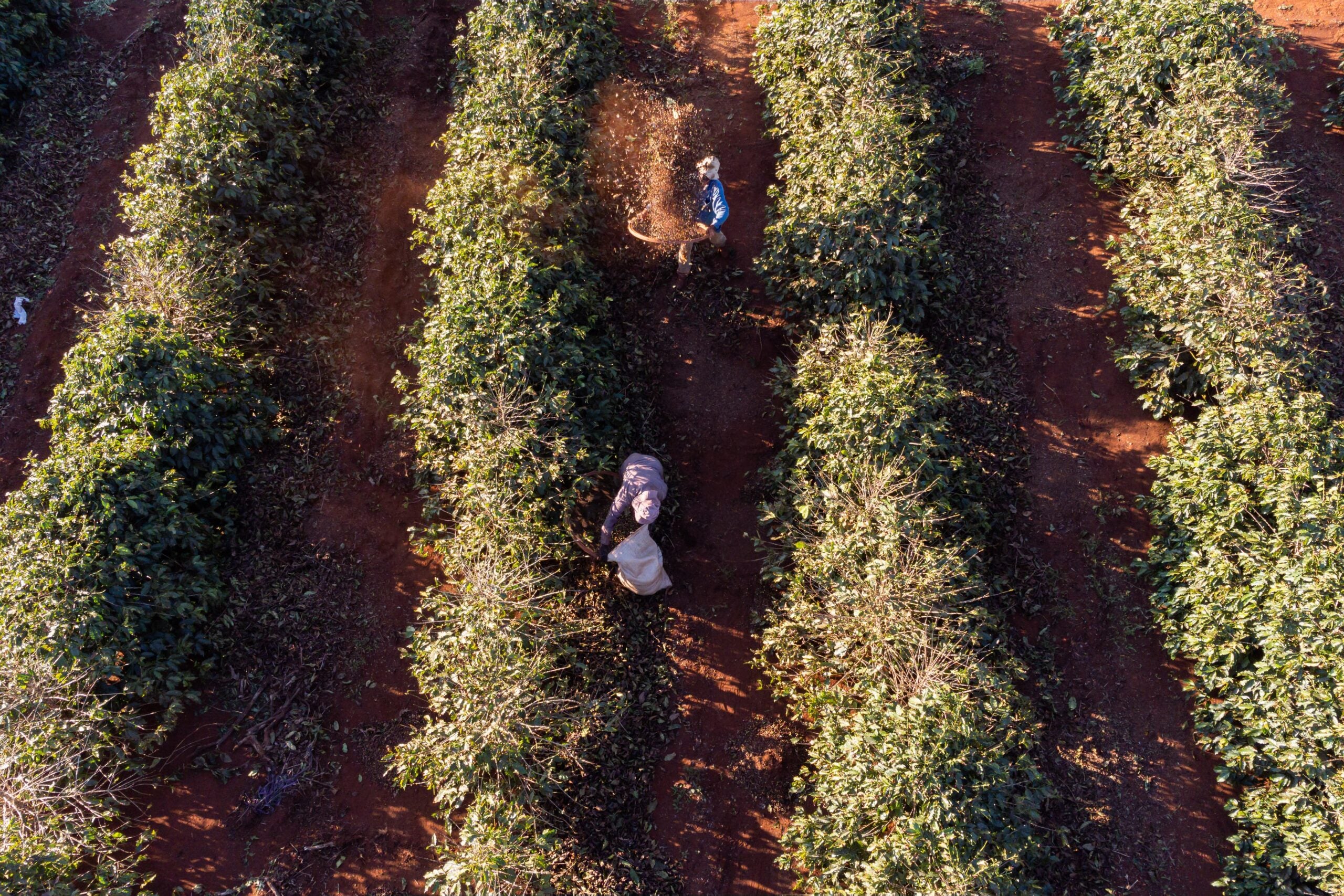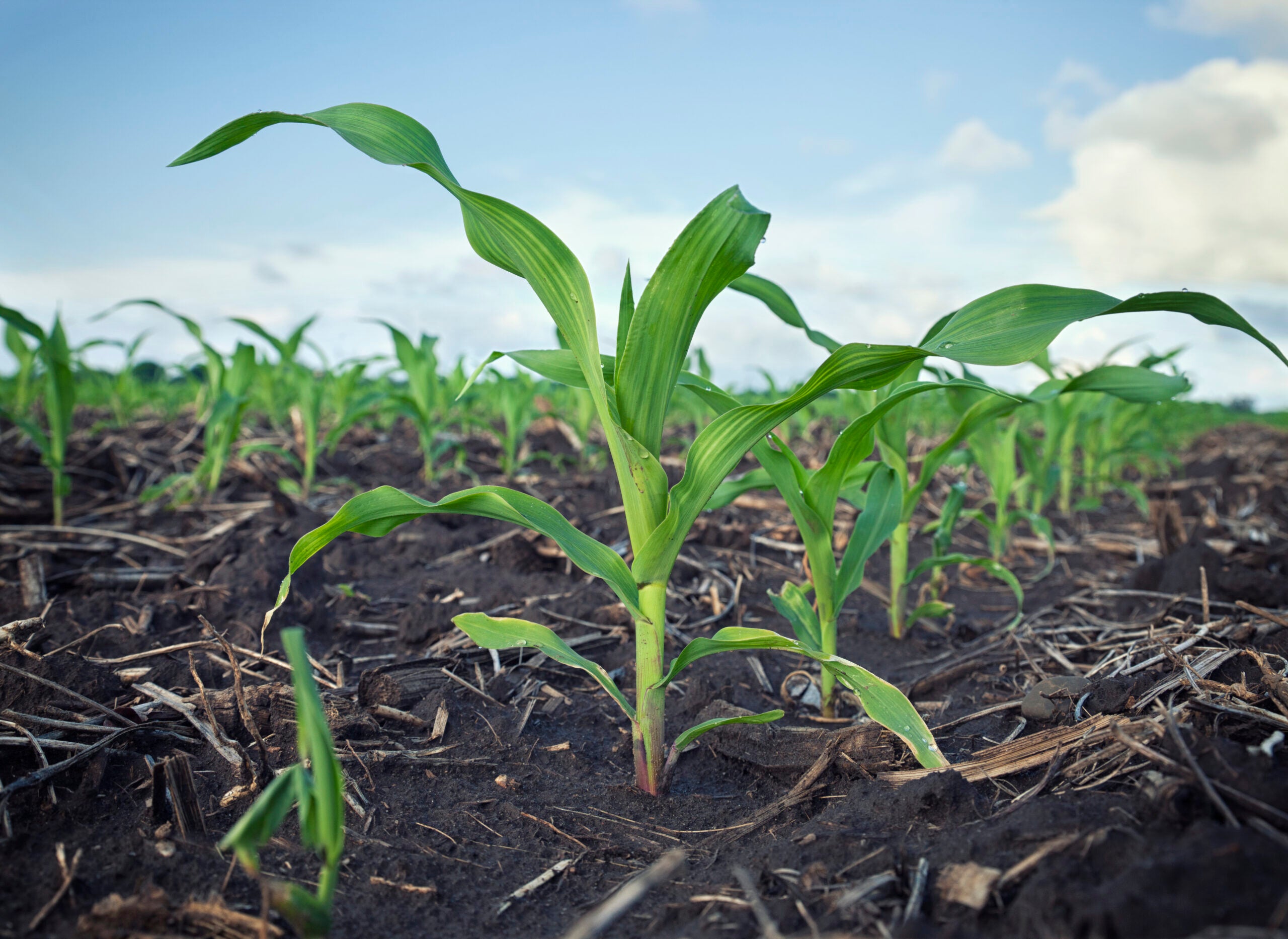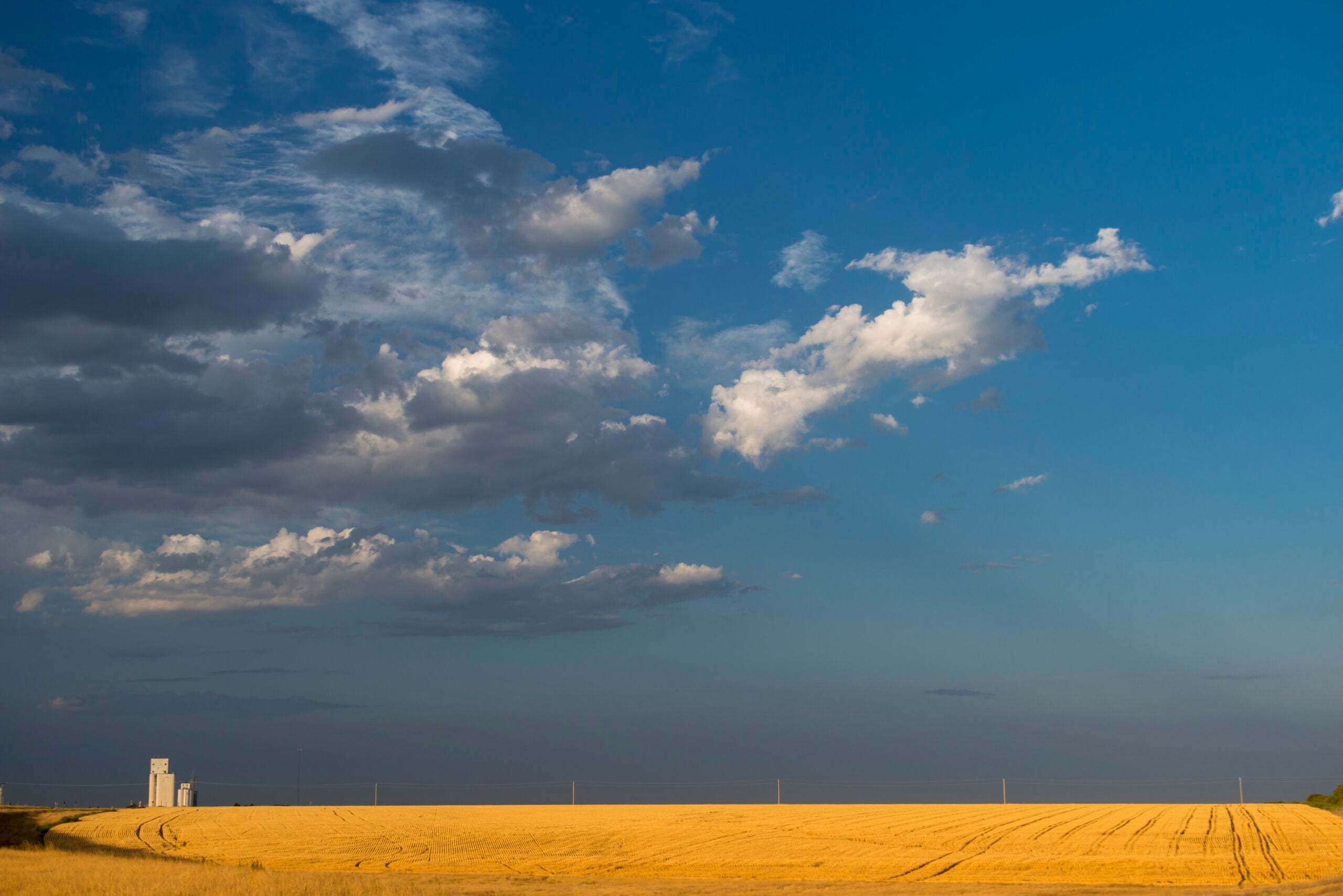The widespread adoption of regenerative agriculture practices in Europe could strengthen crop resilience to extreme weather and support the long-term sustainability of farms, communities and ecosystems – an urgent need as the region faces record-breaking heatwaves. Despite the benefits of adopting cover cropping, no-till, nutrient management, alternative manure management and other regenerative practices, many farmers are hindered by financial barriers, including high up-front costs and risks.
Growing Returns
Selected tag(s): farm finance
Collaboration between food companies and banks can accelerate regenerative agriculture in Europe and beyond
Modernizing agricultural insurance to strengthen farmers’ ability to adapt
Last year, the U.S. faced its fourth most costly year of extreme weather, contributing to more than $20 billion in agricultural losses. As this trend of increasingly extreme weather continues, modernizing agricultural insurance in the U.S. is a crucial step toward protecting farmers’ financial stability and reducing the risks they face when transitioning to climate-resilient practices.
Farmers need support to survive this economic squeeze
In conversations with farmers in recent months, one word keeps coming up to describe their economic reality: “squeeze.” High farm input costs and loan interest rates are making it more expensive for farmers to grow crops. At the same time, low commodity prices mean they earn less money for the crops they grow. Farmers are caught in the middle of a bad deal with many asking whether it is even worth it to farm this year.
Farmers are facing this dilemma while also navigating additional disruptions and uncertainty. Federal funds have been frozen or canceled, putting farmers with existing contracts at risk after they’ve already invested their own money with the expectation that government funding would cover the remaining cost of farm improvements. Tariffs create another layer of price uncertainty and open the door for other countries to gain a competitive advantage in global markets. On top of this, farmers in several regions have experienced damage from extreme weather events, making their financial situation even more fraught.
Farmers are getting squeezed, and this makes it harder or even impossible for them to position their businesses for long-term success. But it doesn’t have to be this way.
Without financing solutions, farmers have to leave money — and environmental benefits — on the table
This op-ed was originally published in Hoard’s Dairyman. Since its initial publication, the financial uncertainty for farmers engaging in conservation practices has grown substantially. Ongoing trade negotiations, tariffs and blocked funding for existing U.S. Department of Agriculture contracts for conservation expenses and the uncertainty of future funding for conservation programs intensify the financial challenges faced by dairy farmers.
Dairy farmers are already part of a high-risk industry — the experience shared below shows how difficult it can be to align funding opportunities with farms’ financial needs. Now, farmers are being left to absorb that risk with less support. To continue producing food for their communities and responsibly stewarding natural resources, farmers will need more flexibility from financial institutions and greater investments from stakeholders advancing sustainable agriculture.
By Alice Crothers
The Regenerative Agriculture Financing Program expands in its second year
The Regenerative Agriculture Finance Program, also known as RAF, was launched in January 2022 by Farmers Business Network in collaboration with Environmental Defense Fund. The pilot year of the RAF program included 48 corn, wheat and soybean farmers seeking access to lower interest rates on operating loans by achieving standards for soil health and nitrogen fertilizer management practices.
When launched, the RAF program quickly became Farmers Business Network’s fastest selling financial product ever. Of the participating growers who completed data collection, 83% met the environmental standards and received a rebate payment equal to 0.5% of their loan interest rate.
The success of the pilot year of the RAF encouraged Farmers Business Network to expand the program. Learn more about the 2023 program results, as well as new opportunities and challenges for the RAF.
A new resource hub empowers crop insurers and farmers to boost financial resilience to extreme weather
From extensive droughts across the Great Plains and back-to-back hurricanes damaging vegetable and citrus crops in the Southeast, the last two production seasons have demonstrated the intensifying damage of extreme weather on America’s farms. In 2023 alone, natural disasters caused nearly $22 billion in crop and rangeland losses. While crop insurance is a critical safety net for farmers, the growing impact of climate change underscores the need for proactive resilience strategies on the farm.
Recognizing this, Chubb and its crop insurance division Rain & Hail — the largest crop and agriculture insurance provider in the U.S. — has launched a new resource hub designed to equip farmers and crop insurance agents with essential tools, insights and advisors to increase on-farm resilience. Environmental Defense Fund Climate Corps fellow Carter Purcell led the development of the hub during her time at Chubb.
The new resource hub highlights the increasing need for comprehensive risk management solutions that not only protect farms financially in the short term, but also support long-term resilience.
Learn more about the relationship between crop insurance and resilience to extreme weather, and why it’s critical to provide solutions that support farmers’ short- and long-term financial resilience.
To feed a growing population, farmers need quality financing to flow
Agriculture is both a driver of climate change and on the frontlines of climate impacts. A variety of farming practices, technologies and system changes can reduce emissions to help stabilize the climate and build resilience to help protect global food production. However, a lack of access to fit-for-purpose finance keeps farmers from transitioning to climate-smart farming practices.
This year at COP29 in Baku, Azerbaijan, countries will gather to set a new global climate finance goal, known as the New Collective Quantified Goal (NCQG), for how much money high-income countries will provide to low-income countries for climate action.
This negotiation presents an opportunity to elevate farmers’ needs in financing the climate transition in agriculture.
PACE Crop Insurance helps an Illinois farmer improve conservation and save money
Co-authored by Pinion
The use and production of fertilizer in agriculture is a significant contributor to greenhouse gas emissions and a major cause of pollution in the nation’s rivers and lakes. Agriculture is the largest global source of nitrogen pollution, and annual damages from nitrogen pollution are estimated to exceed $200 billion in the US. Enhancing nitrogen use efficiency and optimizing application techniques is essential to reducing these impacts.
Lenders want to support farmers’ conservation efforts. Here’s how their executives can help.
A new survey of agricultural lenders in the upper Midwest reveals important insights about their perceptions and support for farmers’ conservation efforts. As the first of its kind, the survey can inform agricultural lending institutions’ climate and sustainability strategy development.
Farmers rely on agricultural lending institutions for loans to cover equipment, land and operating expenses. In particular, loan officers at these institutions hold relationships with farmers and are often seen as trusted advisers and sources of information. Their perspectives and knowledge of conservation agriculture can significantly influence farmers’ progress in adopting conservation practices.
Increasing extreme heat is hurting Kansas farmers’ bottom line
During the summer of 2023, Kansas endured a historic heat wave with temperatures soaring above 110°F in some areas. As climate change continues to intensify, the frequency and severity of extreme heat are projected to increase. Are Kansas farmers at risk of losing money in the face of these extreme growing conditions? A new study by EDF, Kansas State University and Cornell University aimed to answer this question by examining the impacts of extreme heat over the last four decades.










